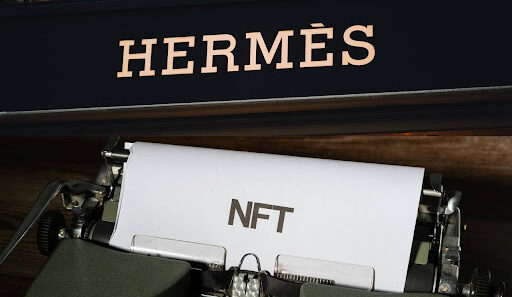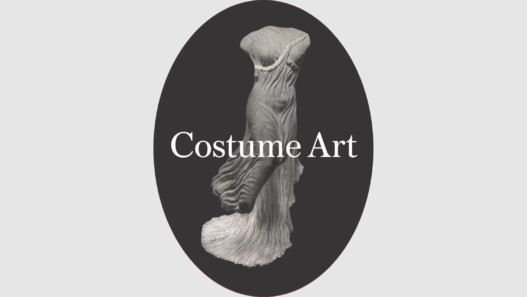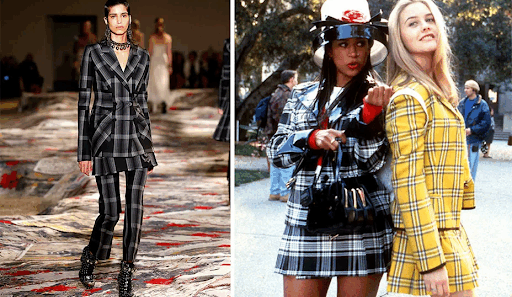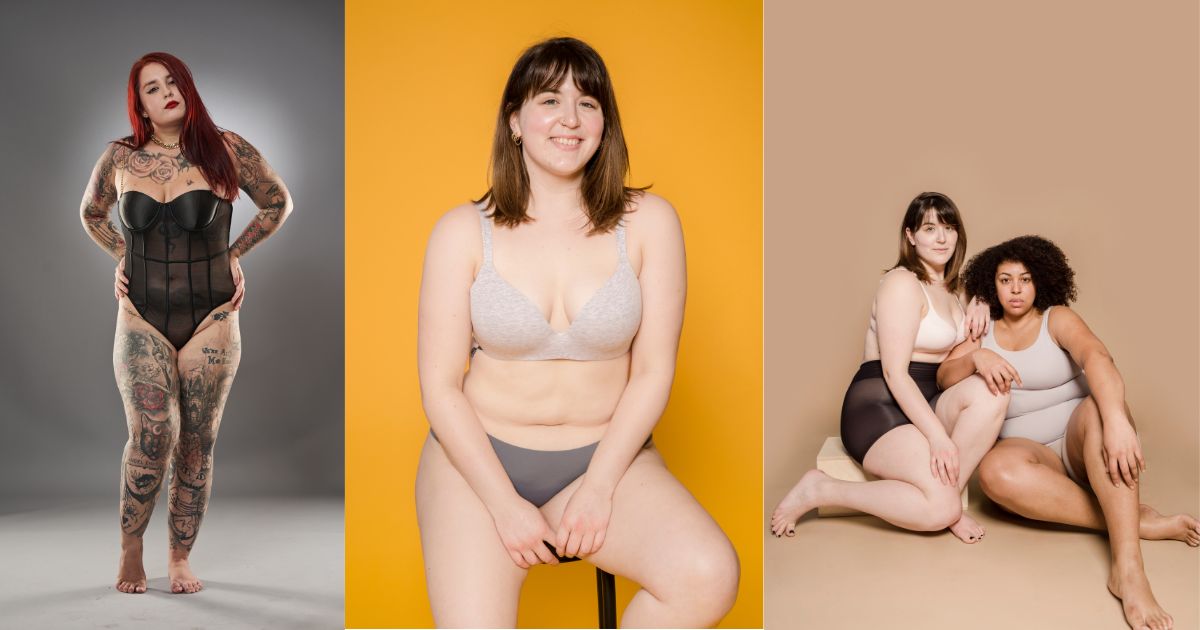If you are someone who doesn’t always go for custom-fit clothing, then you must have faced the issue of different sizes in different brand stores. Whether you do online or in-store shopping, size inconsistencies can be a major issue for all shoppers. For example, I am confused about whether I am a size small or medium in upper clothing or a size 28 or 26 in lower clothing. There are myriad reasons for size inconsistencies; some go way back to world war times, some are recent trends, and some have psychological reasons behind them. To understand the reason behind sizing inconsistencies, we need to start with the history of sizing and how it has evolved.
Background
It all started during the 1860s civil war in the USA when the US army needed to mass produce uniforms for their soldiers. To produce the millions of uniforms, federal workers had to take tons of measurements of all these men’s chests, waists, and legs. They found that most men had a common chest, waist, and leg size ratio, which let them create standardized-size clothing for men. Thus, men’s sizing was standardized, but the idea of standardized clothing sizes for women did not come up until 1910. Before that, clothes were usually Made-to-Measure for women, and the ideal body type was the corseted silhouette, which is also known as the hourglass figure and fitted clothing. However, around 1920, women’s fashion trends started to change, and it became more fashionable for women to wear looser clothing, which gave enough space for the chain stores to play around with different sizes, and they started haphazardly assigning sizes to the clothes, which resulted in inconsistencies in sizes. Thus, women’s sizing during the 1920s and 1930s was an awkward mix between Made-to-Mesure and Ready-to-Wear clothing.
The awkward mixture of sizes caused great losses to the companies, which prompted the US Department of Agriculture in 1939 to sponsor the study of women’s measurements, in which they studied the weight and 58 body measurements of around 15000 women across seven states in the USA. The study is available on the internet under the title “Women’s Measurement for Garment and Pattern Constructions.” (O’Brien and Shelton) The study had some major flaws. The first was that the participants were paid and it was voluntary, which means most of the women who signed up for the study required money, and since this was during the Great Depression, that meant that some of these women were likely malnourished. Secondly, the study assumed that most, if not all, women had the typical hourglass figure. Thirdly, the data collected excluded non-whites. Once the final data was collected, the statisticians decided that only five measurements were necessary for determining the size of the clothing: bust, waist, height, hip girth, and weight. Needless to say, customers were not satisfied with this sizing system, so again in 1971, the US Department of Commerce decided to use data collected by the National Center for Health Statistics, which showed that on average since the 1940s, US adults were now taller and heavier, and they used this to create a more accurate sizing system, but unfortunately, this is when companies started to abuse “Vanity Sizing.”
Vanity Sizing
Let’s get acquainted with the word “vanity sizing,” because it plays a major role in all the confusion that we are facing regarding sizing systems. Forbes (Dooley) has defined “vanity sizing” as the “labeling of clothes with sizes smaller than the actual cut of the items.” Like hypothetically you are size 4 in American Eagle whereas you are size 6 in H&M. so here American Eagle is using the method of Vanity Sizing which means there are 2 sizes for the same waist size, and companies are expanding the numbers. So if you have been a size 8 for quite a while, that means that your body and clothes are growing, but just not the number. In 1958, a size 8 was 23.5 inches on the waist and 32.5 inches on the hips, whereas in 2008, a size 8 has increased by five to six inches. But isn’t it illegal? Showing the wrong information on the labels may violate the consumer’s right to information and Although it is true that this practice can be seen as misleading, it is not necessarily illegal. By law, clothing manufacturers are only required to provide an accurate numerical size; however, they are not obligated to offer sizing charts that define what each number means, and as fast fashion brand stores purchase their clothes from different places, it results in size inconsistencies.
But what could be the reason behind the practice of vanity sizing?
The answer is quite simple: It’s a psychological trick meant to flatter consumers. It’s because of something called “positive self-related imagery.” Basically, when consumers see themselves in a smaller size (a 28 as compared to a 30), they think about themselves more positively. That makes them significantly more likely to buy the product if they feel good about themselves while wearing it. It actually makes so much of a difference that companies that don’t do it can be left behind. A really interesting thing is that all these studies were done on women. Men’s sizes weren’t even looked at. The researchers justify it by saying that women were more susceptible to size-related self esteem issues. Wan Ju Iris Franz, (Franz) in the economics of vanity sizing, went so far as to say that vanity sizing did not exist for men as they did not have the same self esteem issues. Although this could be easily canceled out because men not having any self esteem issues is outdated thinking.
Another reason for Vanity Sizing could be the recent trends regarding different fits, for example, the regular fit, skinny fit, oversized fit, etc. There are companies that manufacture clothes for petite people only, like Petite Studio, Topshop, etc.
So in conclusion, the main reason why you are a different size in different fashion brand stores is that the competition between the companies forces them to create irregular sizes. What size you wear in Zara clothing might not be the same as Levi’s clothing and it does not look like we are getting standardized sizing anytime soon unless the government intervenes. However, the first of its kind project, INDIAsize has been launched by the textile ministry in association with the National Institute of Fashion Technology, in which they will be measuring around 25000 people in the 15-65 age group in six different cities, so let’s wait and see whether the project will be a success or not.
Work Cited
Dooley, Roger. “Here’s to everyone pursuing their dreams, no matter what.” YouTube, Forbes, 3 September 2020,https://www.forbes.com/sites/rogerdooley/2013/07/29/vanity-sizing/?sh=5fe403e81e32. Accessed 14 December 2022.
O’Brien, Ruth, and William C Shelton. “Apron Strings and Kitchen Sinks | Women’s Measurements for Garment and Pattern Construction.” National Agricultural Library, https://www.nal.usda.gov/exhibits/ipd/apronsandkitchens/exhibits/show/the-bureau-of-home-economics/item/14. Accessed 14 December 2022.
Franz, Wan JU Iris. “Home.” Journal of economics Behaviour and Organisation, https://www.sciencedirect.com/science/article/abs/pii/S0167268117300045. Accessed 14 December 2022.
By- Alina Shaheen


















